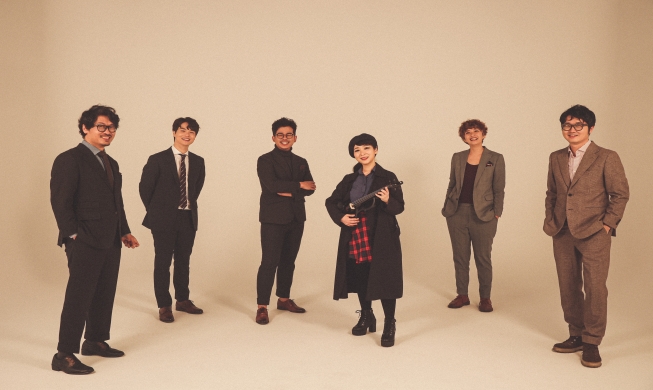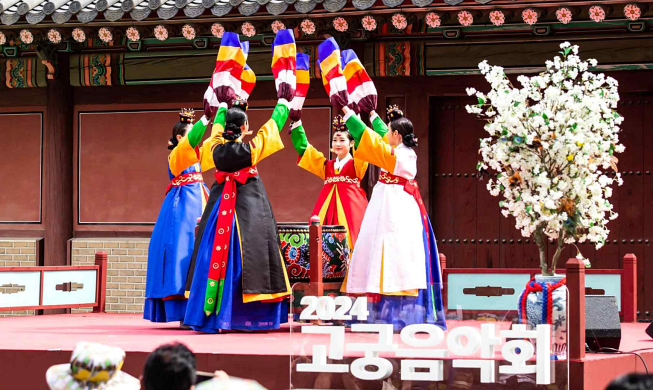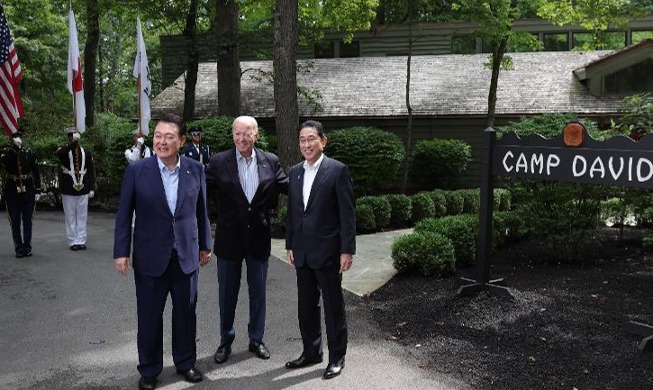-
 Korea.net's 24-hour YouTube channel
Korea.net's 24-hour YouTube channel- NEWS FOCUS
- ABOUT KOREA
- EVENTS
- RESOURCES
- GOVERNMENT
- ABOUT US

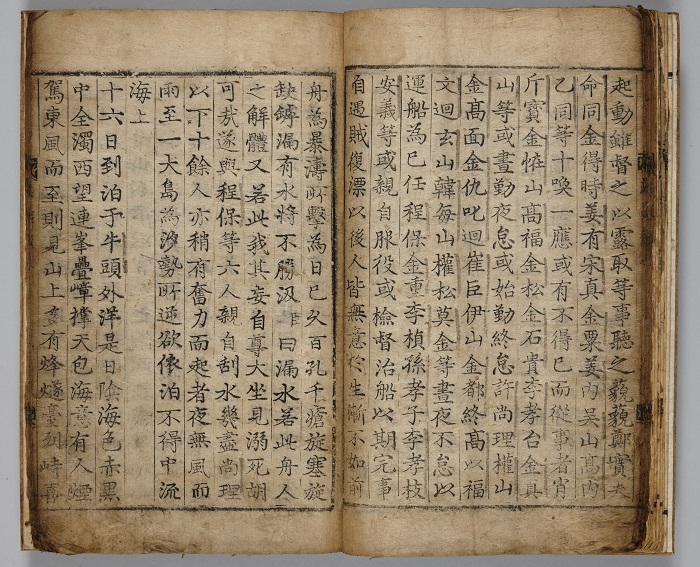
The Pyohaerok is a travel diary written by Choe Bu (1454-1504) about his time in Ming China in 1488. Being shipwrecked on Chinese shores, Choe ended up staying in Ming China for 148 days before returning to Joseon.
"When the former education official Choe Bu (1454-1504) (최부, 崔溥) returned from Beijing, the king ordered him to write a report about his travels."
So it is written in the "Annals of the Joseon Dynasty," which were kept from 1413 until 1865, under the section for King Seongjong (r. 1469-1494), published on June 14, 1488.
While serving as a government official on Jeju Island, Choe Bu heard news that his father had died. He boarded a boat to hurry back home as soon as possible, along with 42 subordinates. On the way to his hometown of Naju, they came across strong winds and waves, and ended up drifting and lost at sea. They narrowly managed to survive, arriving at a port in Zhejiang Province, China. Once they set foot on land, however, they were mistaken for Japanese pirates. However, with his identity eventually proven as a Joseon government official, he was able to return home via Hangzhou and Beijing. Then, 148 days after his departure from Jeju Island, he returned to Joseon.
King Seongjong ordered him to write a book based on what he saw, heard and experienced under the Ming Dynasty (1368-1644). Choe wrote his travelogue in classical Chinese, which was later titled "A Record of Drifting Across the Southern Brocade Sea," or Geumnam Pyohaerok (금남 표해록, 錦南 漂海錄) in Korean.
King Seongjong finally met him in 1492 when the three-year mourning period for Choe's father came to an end. The king asked him detailed questions about Ming China. Choe described how pathetic and desperate he was during the initial storm and provided details about the Ming people and their lifestyle.
"Women on the southern banks of the river were wearing black loose upper garments and pants. In terms of hair accessories, those in the south wear long and round accessories, while those in the north wear round and sharp ones," reported Choe to the king.
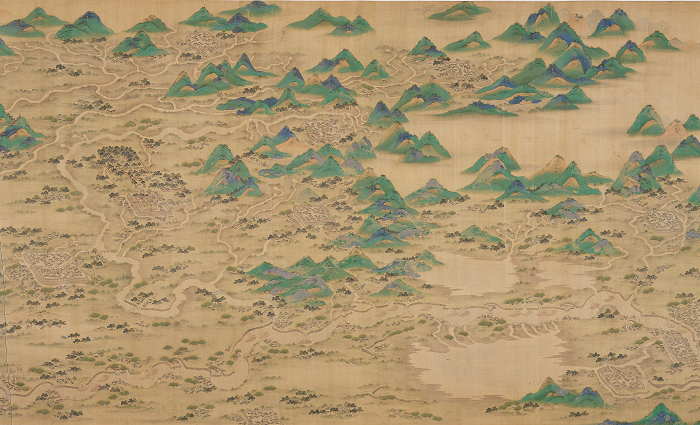
The Gyeong-Hang-Do-Ri-Do (경항도리도, 京杭道里圖) painting shows the landscape from Hangzhou to Beijing. It's housed at a provincial museum in Zhejiang Province.
Choe's royal travelogue was then officially published.
His traces can now be seen at a special exhibition about him at the Jeju National Museum starting on July 21. In celebration of the "Korea-China Year of Travel" that runs between 2015 and 2016, the Jeju museum teamed up with a provincial museum in Zhejiang to host the exhibition.
It brings together some 150 Joseon artifacts, along with 101 Ming relics, giving visitors a chance to imagine the lifestyle and the relationship between Joseon and Ming in the 15th century. Also, two editions of Choe's woodblock-printed tale, one stored at Korea University and one at the Oriental Library in Japan, will be uncovered for the first time. Also on display, there will be government garments, landscape paintings, desks, ink stones and other accessories from Ming China.
More information is available at the official website of the Jeju National Museum.
http://jeju.museum.go.kr
By Lee Seung-ah
Korea.net Staff Writer
Photos: Jeju National Museum
slee27@korea.kr
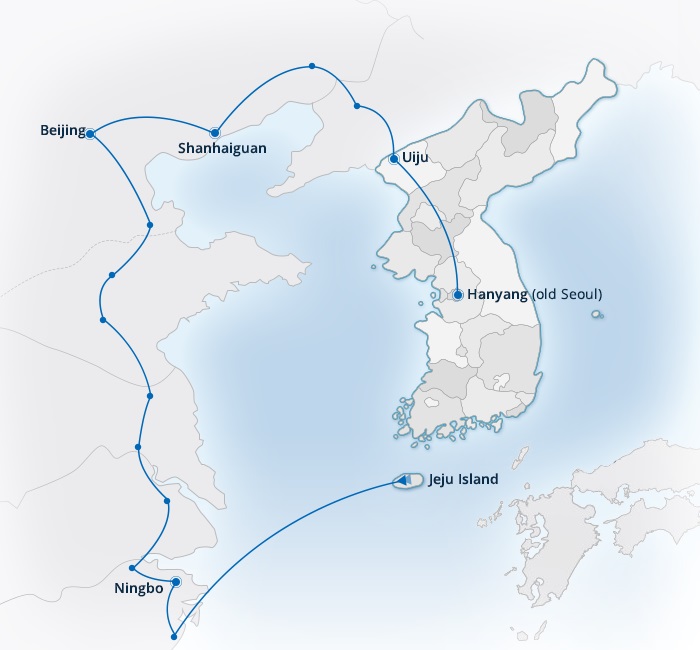
Being shipwrecked on Chinese shores, Choe arrived at a port in Zhejiang Province and made it to return home in Hanyang via Hangzhou and Beijing.
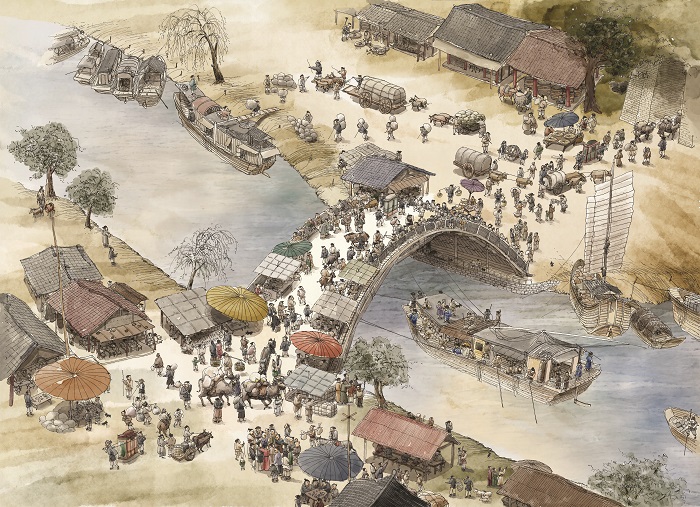
Starting July 21, the Jeju National Museum is holding a special exhibition about Choe Bu (1454-1504), a Joseon government official who was shipwrecked in Ming China. The Grand Canal was painted by a modern painter, based on Choe's stories of Ming China from the 15th century.
Most popular
- 76 national heritage sites to allow free admission from May 15
- First Korean-style 'taxi driver' diner opened in New York
- Africa's appeal on full display at downtown festival in Seoul
- UK univ., KCC in London host Korea Day event in Sheffield
- Northern Seoul suburb hosts festival of 100 million flowers



